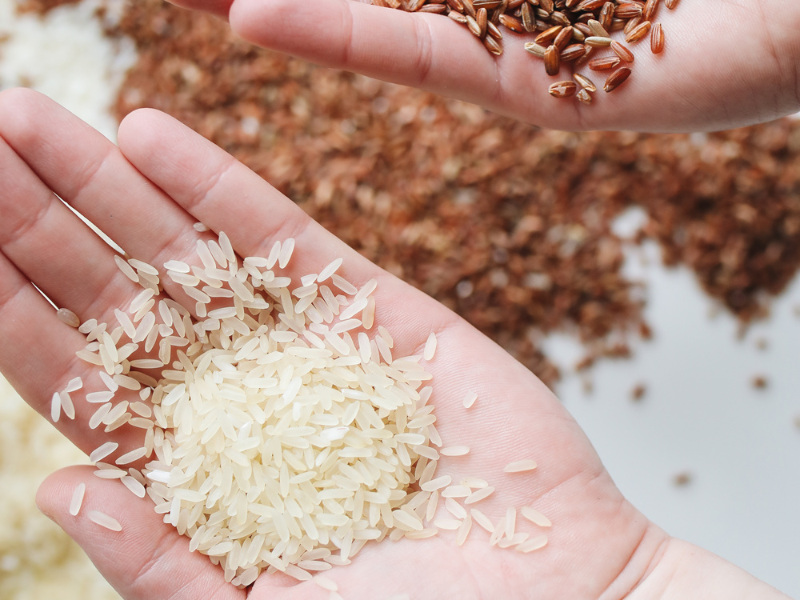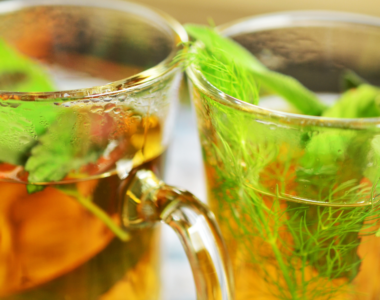
Table of Contents
An introduction to traditional rice varieties
Among many Sri Lankan rice varieties, the Ceylon traditional rice varieties have surfaced again and have captured the attention of many international and local consumers and cultivators for several important reasons. As you know, rice is a cereal grain, the most widely consumed staple food for over half of the world’s human population, especially in Asia and Africa. In Sri Lanka, it is the main staple food.
Traditional rice history in a nutshell
Back in the past, about 600 traditional rice varieties had been cultivated by Sri Lankan farmers. Now there are over 2000 different kinds of traditional rice varieties being cultivated in Sri Lanka due to the increasing demand.
Environmental friendliness of the rice cultivars

It is observed that almost all those traditional rice varieties are organically grown under natural conditions without the application of agrochemicals and inorganic fertilizers, which very much adds up to the environmental sustainability of the ecosystems and the environmental friendliness.
Nutritional benefits
There is much scientific evidence to prove the rich nutritional values and beneficial qualities of traditional rice varieties. In addition, several traditional varieties are tested to have high nutritional values and other therapeutic values.
For example, although rice contains comparatively less protein content than those other cereals, rice comprises the highest digestible protein and has a relatively good balance of amino acids. Not only that, many traditional rice varieties consist of low glycemic index, high antioxidant activity and high fiber content.
Important micronutrients in traditional rice varieties
Rice grains with intact bran contain comparatively higher nutrients, such as dietary fiber, minerals, and vitamins as well as health-promoting bioactive phytochemicals such as phenolics, flavonoids, γ-oryzanol, tocopherols, ferulic acid, phytic acid, and tocotrienols.
Factors affect the nutritional value of traditional rice
The nutritional value of rice is influenced by the genotype, environmental conditions under which the rice is grown, postharvest processing, storage, and degree of milling. The proteins, fats, and vitamins are concentrated in the germ and outer layer of the endosperm so milling can reduce the nutrient contents, but milling improves the shelf-life and affects the appearance and palatability of rice.
Factors which affect the growth of traditional rice varieties
Many of the traditional rice varieties can overrule the harsh environmental contentions. It is because, traditional rice varieties have naturally evolved to a considerable level so that some of them fit better to different agroecological conditions such as drought, submergence, salinity, and iron toxicity than newly improved rice varieties and this gives a competitive edge to the traditional rice varieties even with a comparatively low yield.
Consumer’s preference on traditional rice
In addition, traditional rice has more variability in grain nutrition, texture, appearance, and aroma than cooked rice. The main concern of the consumer is to have rice varieties with superior grain quality in terms of their cooking and eating quality attributes, which in turn largely depends on the physicochemical and cooking properties of milled rice. Which can be easily obtained with the natural properties of the traditional rice varieties and with proper rice processing methods.
Traditional rice varieties
Some of the well-known traditional Ceylon rice varieties are, Wannidahanala, Sulai, Pachchaperumal, Kalu Heenati, Kuruluthuda, Gonabaru, Hondarawalu, Rathna Samba, Hangimuttan, and Kahawanu. Now due to the market demand, the cultivation of traditional rice varieties has spiked up and now it’s your chance to purchase the harvests of these traditional rice varieties for your meals to enjoy new flavors with some added health benefits.
What is Ceylon Traditional Rice, and why is it called “precious”?
Ceylon Traditional Rice refers to heirloom rice varieties grown in Sri Lanka for generations. These non-GMO, often organically farmed grains are known for their unique flavor, aroma, and potential health benefits. Their limited production and superior quality make them “precious.”
How is Ceylon Traditional Rice different from the rice I usually buy?
Ceylon Traditional Rice boasts a wider range of flavors and textures compared to commercially produced white rice. These varieties are often rich in nutrients like fiber, antioxidants, and certain vitamins and minerals, potentially offering health advantages.
What are the potential health benefits of Ceylon Traditional Rice?
Due to its higher fiber content, Ceylon Traditional Rice might promote digestive health and feelings of fullness. Some varieties may be beneficial for blood sugar management. Further research is ongoing on the potential health advantages [consult a doctor for specific health advice].
Where can I buy Ceylon Traditional Rice in the US?
Ceylon Traditional Rice is becoming increasingly available in the US. Look for it at specialty grocery stores, online retailers focusing on international foods, or shops catering to Sri Lankan communities.
Is Ceylon Traditional Rice more expensive than regular rice?
Yes, Ceylon Traditional Rice typically has a higher price point due to its limited production and potentially higher quality. However, a smaller portion size might be needed due to its increased satiety factor.
How can I tell if I’m buying authentic Ceylon Traditional Rice?
Look for reputable brands or stores specializing in Sri Lankan products. Authentic varieties might have unique names like “Suwandel” (scented white) or “Raththahal” (red rice). Certifications like Fairtrade or USDA Organic can also indicate responsible sourcing.
How does Ceylon Traditional Rice cook differently from regular rice?
Cooking times might vary slightly depending on the specific variety. Some traditional rices may require soaking beforehand for better texture. Refer to package instructions or online resources for specific cooking methods.
What kind of dishes can I make with Ceylon Traditional Rice?
Ceylon Traditional Rice is incredibly versatile! Enjoy it as a side dish, use it in rice salads, or incorporate it into pilafs and stir-fries. Certain varieties like red rice can even add a unique color and texture to your meals.
Is Ceylon Traditional Rice a good option for people with dietary restrictions?
Ceylon Traditional Rice can be a great option for those seeking gluten-free grains. Be sure to check for certifications if you have specific dietary needs.
Why should I consider trying Ceylon Traditional Rice?
Ceylon Traditional Rice offers a delicious and potentially healthier alternative to everyday rice. By supporting its import, you’re contributing to Sri Lankan agriculture and experiencing a unique culinary tradition.



